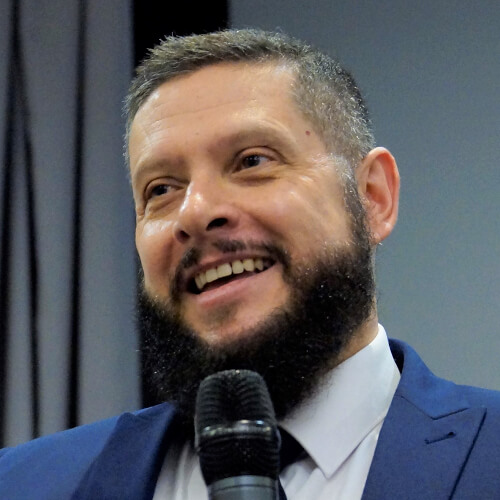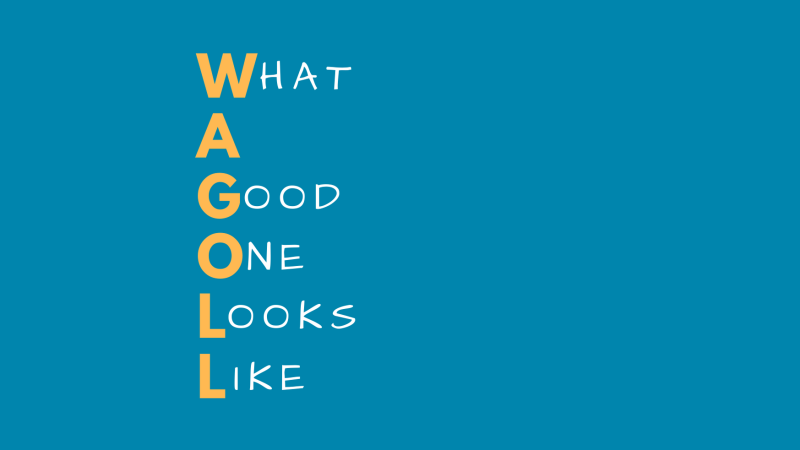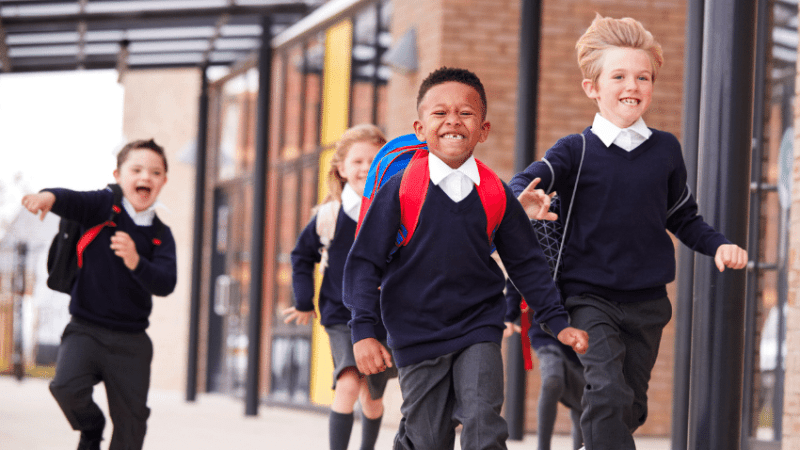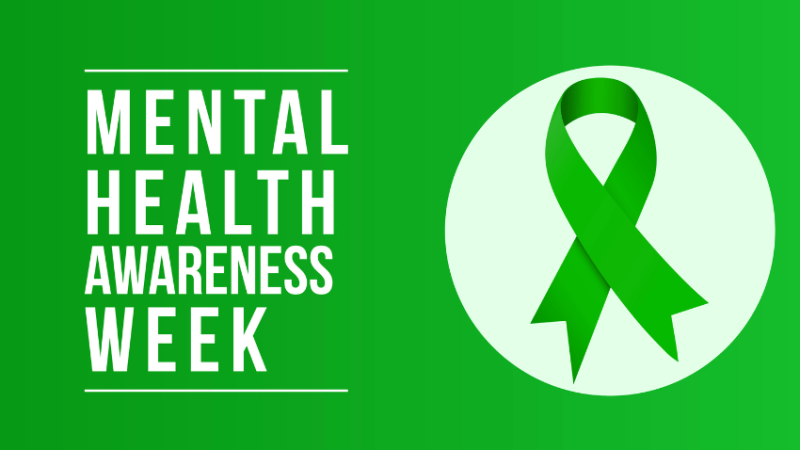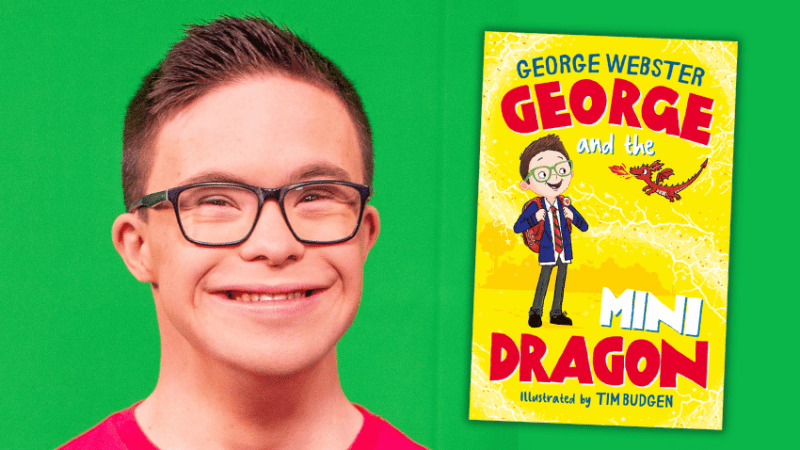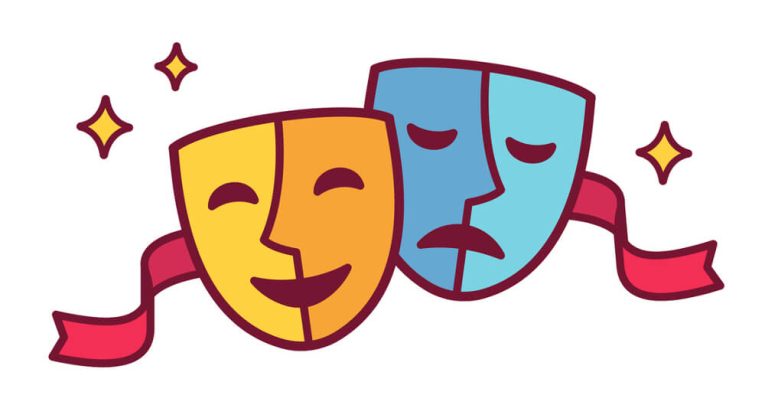8 Ways to Celebrate Diversity with Primary Children
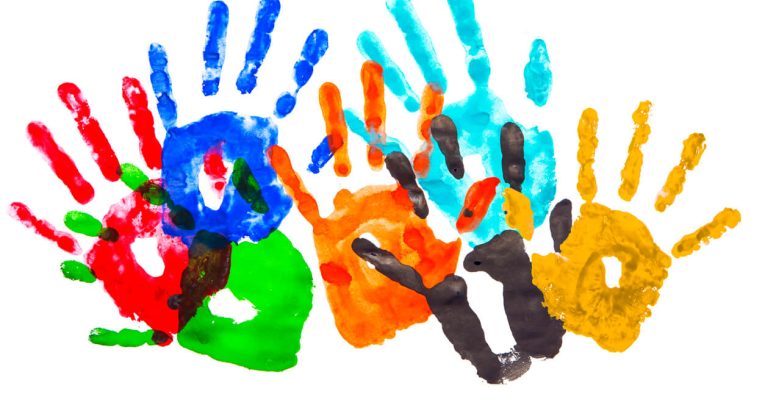
Explore difference, equality and compassion with pupils through a joyful and inclusive learning experience, says Shaun Dellenty…
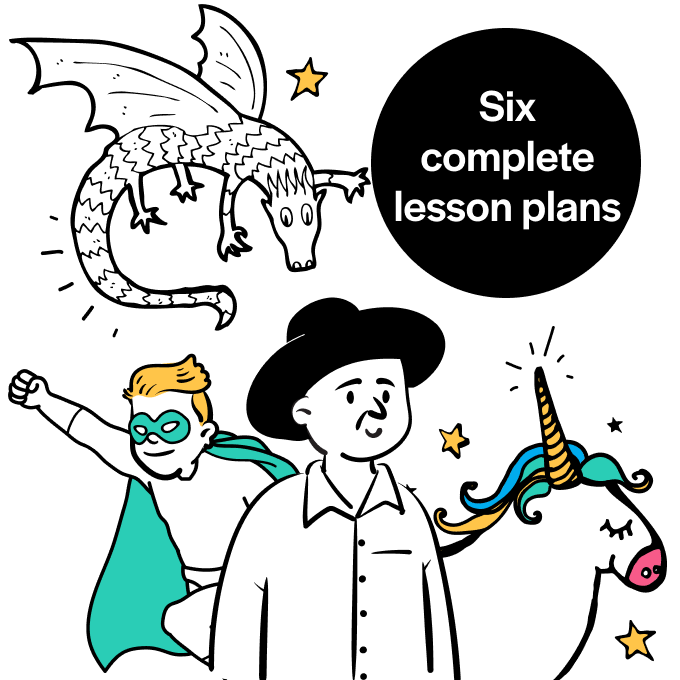
1 | It starts with us
To reduce prejudice, we must first be honest with ourselves about our potential for prejudice. Mindfulness programmes can reduce stress and enable us to develop authentic, less reactive relationships with our own feelings towards human diversity. Underpin with Philosophy for Children (P4C) and school guidance on respectful discourse.
2 | Start from day one
Celebrate authentic identities with culture bags. Pupils take home a bag to fill with items that reflect their family group, lifestyle, interests, culture, heritage or religion. Children share it with the class and describe what it means to them. Same-sex families are valued equally, in accordance with the Equality Act 2010. Children progress knowing it’s OK that diverse families exist.
3 | Explore existing attitudes
Make it compassionate and joyful; many young people get excited by animal and geographical diversity, yet human diversity often provokes anxiety, fear, bullying and prejudice. Robustly explore the diversity of the natural world, making ongoing links to human diversity and diversity of modern family life. Model bringing compassionate, non-judgmental curiosity to the natural rainbow of life.
4 | Books and images
Families in the 21st century are diverse. But do our books, posters and examples we deploy in lessons reflect it? Do school or class libraries contain books about differently abled children? Or children living with grandparents? Do children with same-sex parents ever see their family group validated in books and posters around school? Do lessons include examples from BAME or LGBT+ histories and lives? If not, why not?
5 | Use inclusive language
Don’t get too hung up on ‘difference’ but explore ‘diversity’. Bring awareness to what binds us as human beings, compassionately exploring the experiences of a range of diverse identities, including those of same sex families and children with LGBT+ siblings or friends. Acknowledge that LGBT+ children and adults exist and should be celebrated.
6 | Open up dialogue
Use pupil surveys, assemblies and P4C lessons. All stakeholders should be familiar with the Equality Act 2010 and its requirements to eliminate discrimination, foster good relations and further equality. Explore the act with children, along with the UNICEF Convention of Rights for the Child, relating them to school ethos and rules and, in KS2, cover hate crime laws.
Trending
7 | Inspirational speakers
Source a range of inspirational speakers from a diverse range of business and cultural backgrounds, including LGBT+. Diverse school speakers can be accessed in person, but if not explore online Ted Talks. Good school leaders empower staff (including those who identify as LGBT+) to be authentic at work; staff can be invited to tell their story.
8 | A whole-school celebration
Plan a whole school topic exploring identity and reference it throughout the year. Make it a joyful celebration of diverse individuals; explore autobiographies, interviews, heritage, ancestry, and interests and beliefs. Follow up with P4C in which children’s reactions and responses to diversity is explored in a respectful space. End with a ‘carnival of us’, during which children dance to music and sing songs about their authentic identities.
Shaun Dellenty is author of Celebrating Difference, A Whole-School Approach to LGBT+ Inclusion (£19.99, Bloomsbury Education). Find him on his website at shaundellenty.com and follow him on Twitter at @ShaunDellenty.

